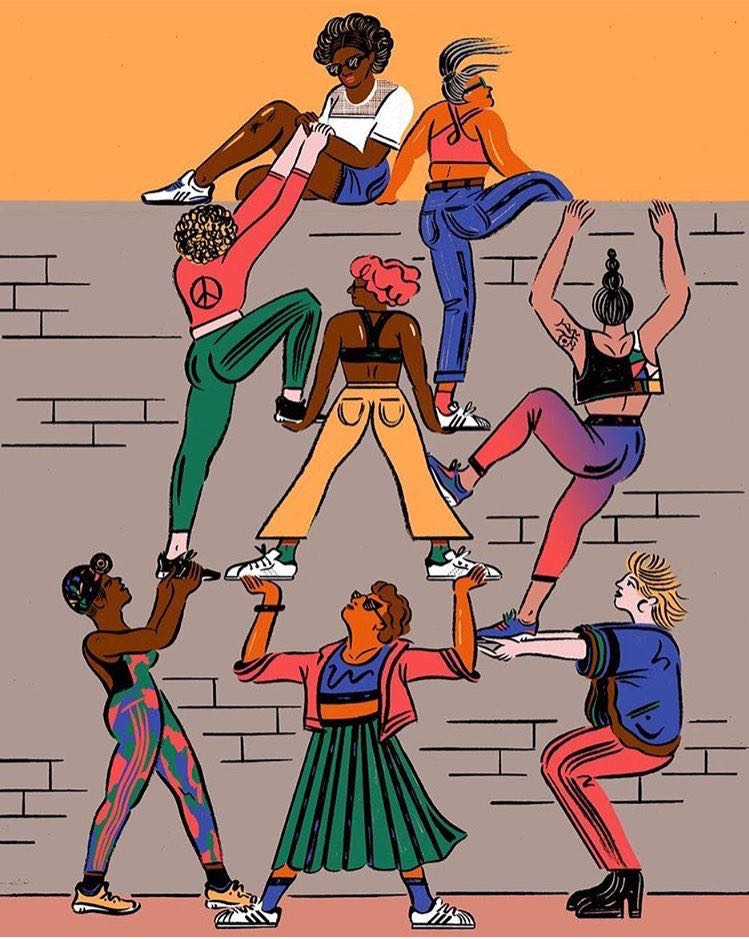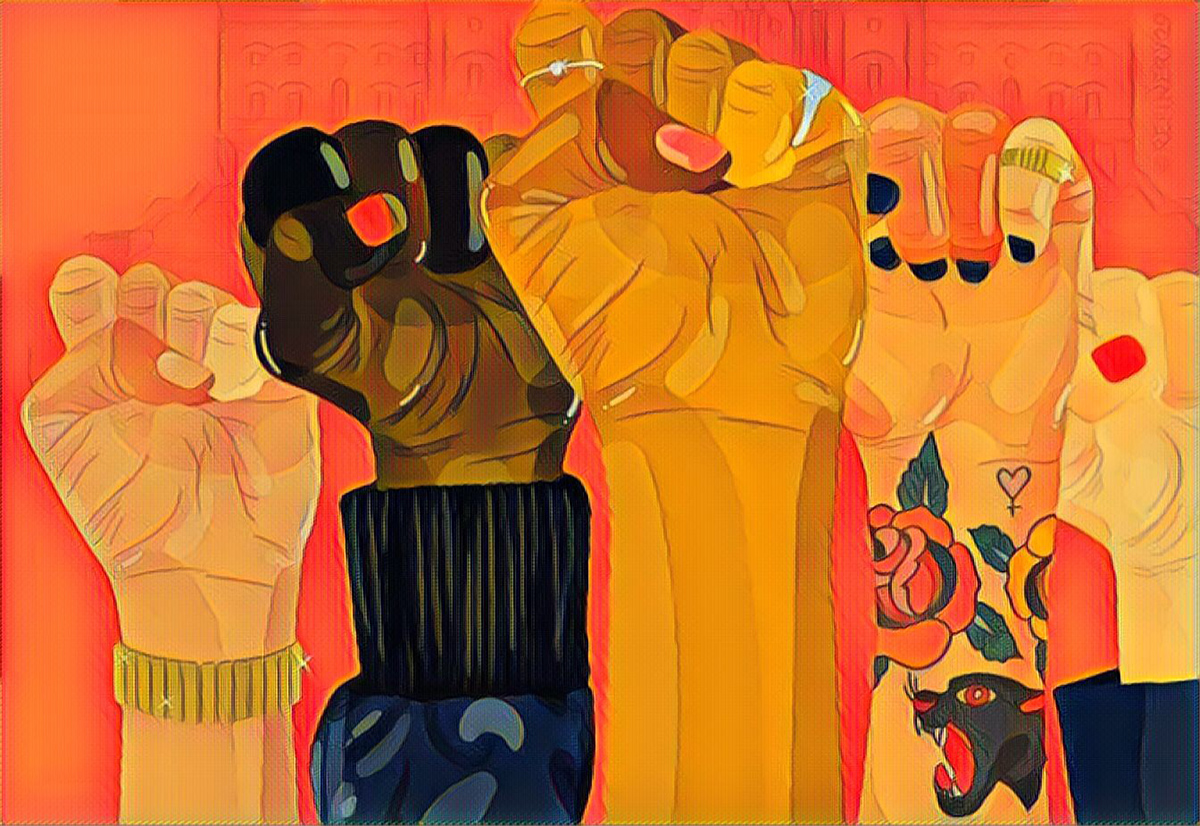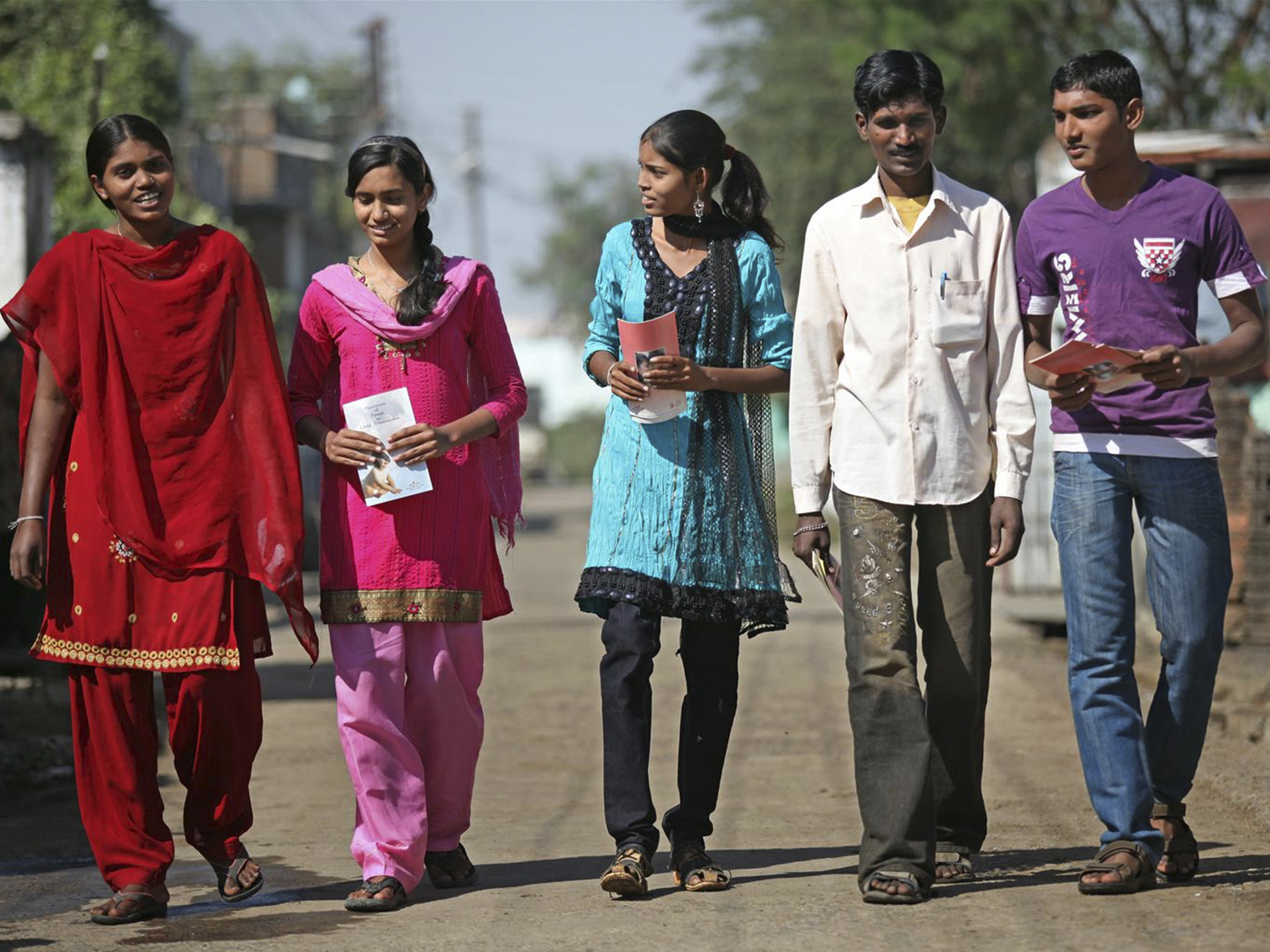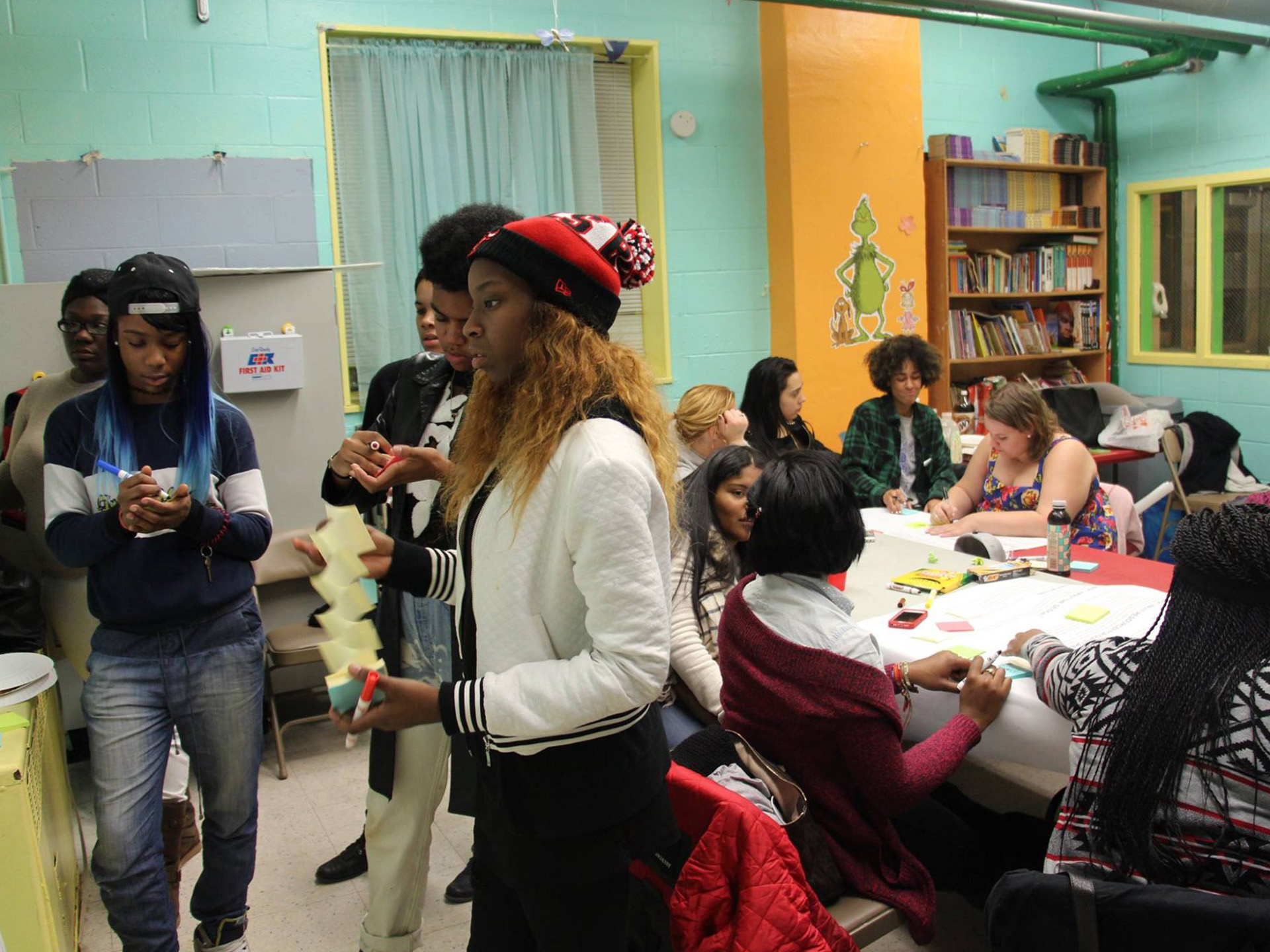As a freshman in college, I found out that one in five women in college experience sexual assault. Experiences of sexual assault and gender-based violence on college campuses do not fit into a single tidy narrative. Rather, it is a pervasive issue that affects our communities, and with devastating after effects. As President Obama once said “sexual violence is more than just a crime against individuals. It threatens our families, it threatens our communities; ultimately, it threatens the entire country.”
How can we as youth advocates create safer spaces, change school cultures, and demand an end to gender-based violence in our schools?
What is a Safe Space?
According to UNFPA, a safe space is a formal or informal place where women and girls feel physically and emotionally safe. It is a place free of trauma, excessive stress, violence, fear of violence, and abuse. It is a space where girls and women can seek support to fully develop their qualities, overcoming gender barriers that bar their access to education, work, and healthcare.

Safe spaces look different at all levels. Creating a safe space in your community does not have to mean building a new structure. A safe space in your community can look like having a safe ride to and from school, access to a hotline to call if you have been sexually assaulted, well lit public spaces, creating a space to facilitate body positive, or a girls-only center to access healthcare and other services. As advocates, we must empower one another to create spaces where we feel safe, valued, accepted and free to express who we are.
Why should we care about safe spaces for women and girls?
Every girl, no matter her country of origin, deserves the right to live a life free of sexual and gender-based violence. School-related gender-based violence (SRGBV) is a major obstacle to universal schooling and the right to education for girls.
How can we as youth advocates use our collective voices to take a stand against SRGBV?
As the President of GirlUp at DePaul University, I envisioned a space in which students did not face, encounter, or experience sexual harassment and violation. GirlUp is a United Nations Campaign that unites girls to change the world through advocacy, service, and community engagement.
The GirlUp chapter at DePaul spent a meeting analyzing the needs of our school, community, and the environment. We involved as many different members of our campus in order to create a diverse and truly representative group of voices. As youth advocates, we actively took it upon ourselves to equip our campus with the knowledge and skills to effectively assist in the prevention of sexual and relationship violence on campus. As a campus chapter we used online resources such as the Girl Up Safe Spaces Toolkit, while community organizations such as Planned Parenthood provide educational outreach, and DePaul University is equipped with an Office of Health Promotion and Wellness.
We hosted a Bystander Intervention Training on ways the student body at DePaul can intervene in safe and positive ways when they encounter a problematic situation. A bystander is someone present but not taking part in a situation or event. Even if the situation or event appears to be problematic, a bystander may not intervene because they may or may not know what to do, may think others will act, or may be afraid to intervene. Our goal was to equip our community at DePaul with the awareness, skills, and ability to challenge social norms that perpetuate sexual violence and encourage unhealthy behaviors. We were inspired by girls and stories such as the Stanford Scary Path in which fellow youth advocates fought to make a space on campus well lit. We all play a role in creating safer communities and tackling school-related gender-based violence.

How can you create a safe space in your community through advocacy?
1. Outline the advocacy issue that you will address. Define clear advocacy goals, create a strategic plan, and involve as many community members as you can.
2. Choose a space that is safe and accessible. Remember to access community-based organizations and non-profits such as your local Planned Parenthood or your school’s guidance counselor.
3. Call and write to your representatives. Create advocacy cards that define issues that are important to you and your community and mail them to your representatives.
As Youth Advocates we must make our voices heard and create spaces in which women are equipped with the knowledge and skills to advocate, mobilize, and intervene.


